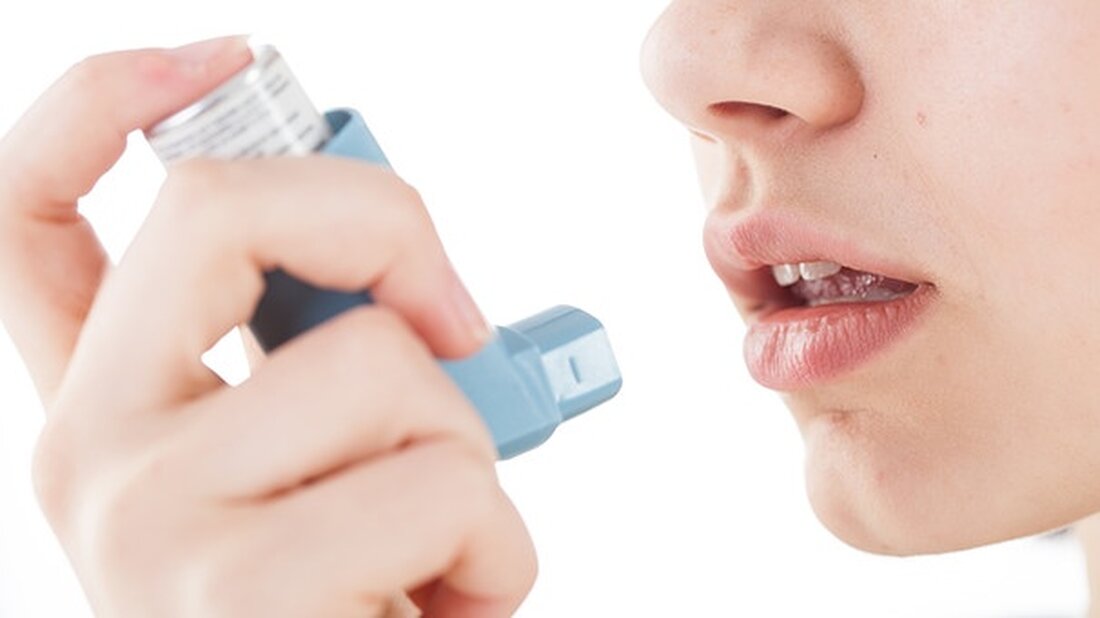How to Beat COPD Asthma
What is COPD? Chronic bronchitis and emphysema (COPD) obstructs the flow of air through the lungs because the tissue is inflamed. Most commonly, COPD develops due to exposure to toxins such as cigarette smoke. Asthma patients also have difficulty breathing, but their symptoms are caused by allergies or autoimmune diseases. Symptoms common to both COPD and asthma include wheezing, coughing, chest tightness, excessive mucus, and shortness of breath (dyspenia). Living better with COPD A diagnosis of chronic obstructive pulmonary disease or asthma doesn't mean you can't live a fulfilling, active lifestyle. Through fitness focused on improving...

How to Beat COPD Asthma
What is COPD?
Chronic bronchitis and emphysema (COPD) obstructs the flow of air through the lungs because the tissue is inflamed. Most commonly, COPD develops due to exposure to toxins such as cigarette smoke. Asthma patients also have difficulty breathing, but their symptoms are caused by allergies or autoimmune diseases. Symptoms common to both COPD and asthma include wheezing, coughing, chest tightness, excessive mucus, and shortness of breath (dyspenia).
Living better with COPD
A diagnosis of chronic obstructive pulmonary disease or asthma doesn't mean you can't live a fulfilling, active lifestyle. Through fitness that focuses on improving your functional abilities, you can regain your ability to live a more fulfilling life. Functional fitness for COPD starts with maximizing your lung capacity. Breathing exercises are therefore the foundation of your wellness plan.
Study shows effects of breathing on COPD
In a recent study, Dr. Fedrica Campigotto, Dr. Luca Pomidori, Dr. Tara Man Amatya, Dr. Luciano Bernardi and Dr. Annalisa Cogo the effects of deep, slow abdominal breathing on COPD symptoms. Patients who practiced this power breathing had less shortness of breath and increased oxygen uptake. (“Efficacy and Tolerability of Yoga Breathing in Patients With Chronic Obstructive Pulmonary Disease: A Pilot Study.” Journal of Cardiopulmonary Rehabilitation and Prevention, March/April 2009).
Is there a cure for COPD?
Although there is no cure, COPD can be treated and pulmonary therapy techniques can slow the disease.
Slowing the progression of COPD and asthma starts with learning how your muscles help you breathe. Your diaphragm, which covers the lower chest area, helps you draw air into your lungs. When you exhale, your abdominal muscles work together with your diaphragm. And the intercostal muscles around your ribs allow the ribcage to expand when you inhale.
How to strengthen your respiratory muscles with COPD
Muscles that support breathing can be strengthened to function more effectively. You might think that learning a new way to breathe sounds complicated. But the techniques are simple and take a little practice Power breathing will come of course. Any time COPD symptoms interrupt your ability to function; You will know how to defeat them.
Correct breathing exercises require you to breathe in through your nose. This is very important because the nasal chambers help filter dust particles so you don't inject them into your lungs through your mouth. You should breathe out slowly through your mouth. As you inhale, make sure to fill your lungs to full capacity and then empty them completely. You can do this simple power breathing almost anywhere.
COPD and asthma symptoms don't have to stop you from getting plenty of functional exercise. If exercise triggers shortness of breath, you may feel discouraged, but your powerful breathing techniques will help you maintain a healthy routine and give you a better quality of life. Having COPD symptoms while exercising doesn't mean you should stop.
By practicing breathing exercises, you will be much better prepared to successfully manage your activities of daily living. Specific exercises for COPD to strengthen your respiratory muscles are best for training your lungs to work more effectively. Muscle-strengthening activities reduce episodes of difficulty breathing because tight muscle tissue requires less oxygen.
Treating COPD and asthma is not just about relieving symptoms. It's not just about learning to live with your diagnosis. It's about living well. By practicing specific breathing exercises and therapeutic exercises for COPD/Asthma, you can expect improvements in your energy levels, fitness and breathing capacity in as little as 2 weeks with consistent practice.
Inspired by Suzanne Andrews

 Suche
Suche
 Mein Konto
Mein Konto
